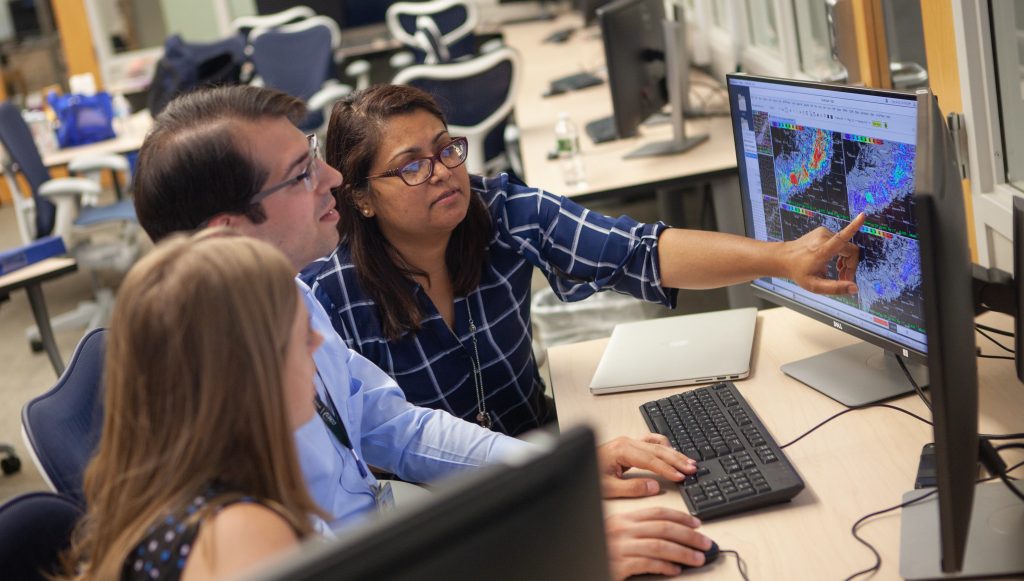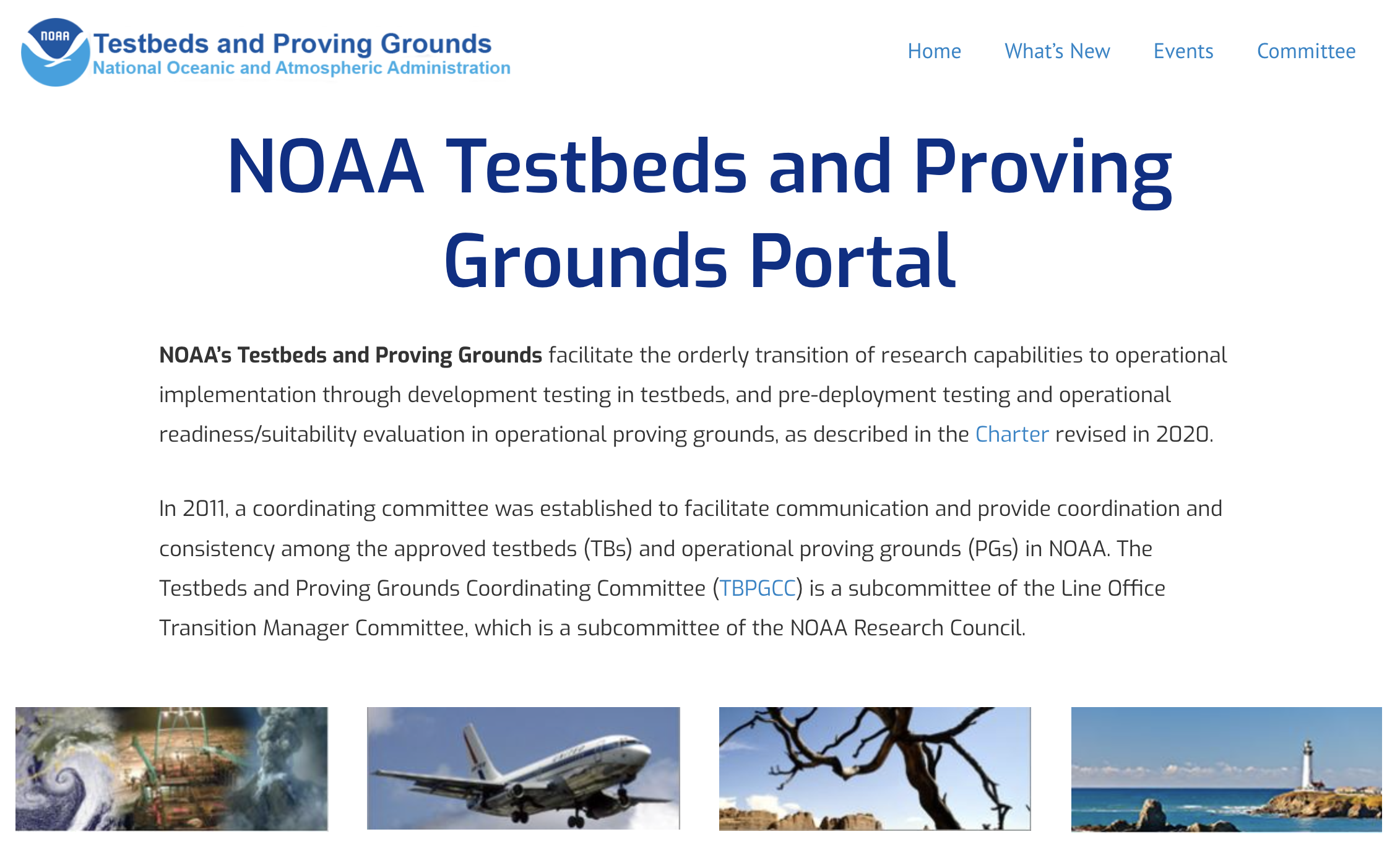WPO-Funded Research Collects Critical Forecast Improvement Data during Hurricane Ian
Hurricane Ian became the 15th billion-dollar disaster in 2022 spurring a newfound interest in forecast and risk communication in the media, and providing a real-world…











